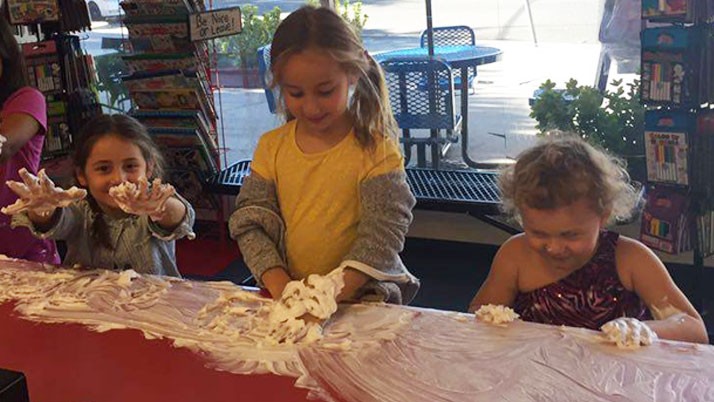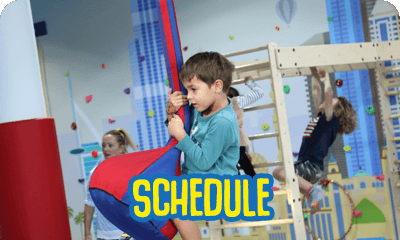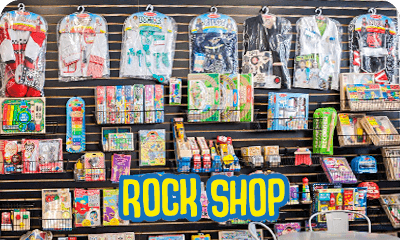
7 Rockin’ Sensory Play Activities for Kids on the Spectrum
July 25,2016
Play is one of the easiest ways for a child to learn about their surroundings and develop fundamental life skills. Sensory play is any activity that stimulates a child’s senses such as touch, sound, taste, sight, and smell. Allowing your child the opportunity to freely explore with sensory activities helps to facilitate understanding and creativity.
Sensory play can be helpful in regulating and even preventing meltdowns for children with autism or sensory processing disorder. For example, allowing children to independently explore sensory activities can teach them how to calm themselves and self-regulate their emotions. So not only are they getting much needed sensory-input that will help in reducing meltdowns from over stimulation, but they are teaching themselves how to combat these meltdowns.
Planning Your Sensory Play Area
Keep It Simple:
It’s important to keep in mind that when planning an area to have a sensory table or a sensory room, you’ll want to make sure the main focus is on the sensory activity. The rest of the room should be relatively mundane or separated from other play areas. This will help in preventing overstimulation and result in children better focusing on the task or craft at hand.
Set Guidelines But Don’t Guide:
Sensory play is about allowing children to explore the world how they want to explore it. So aside from setting preliminary guidelines for safety measures, we don’t recommend overly guiding a child in how they choose to interact with the sensory objects.
Keep In Mind Sensitivities:
Make your sensory place a place where all kids can play. We recommend never using fragrances that could irritate skins or airways, and to check with parents about allergies beforehand. As far as using food for sensory-play goes, we recommend staying away. You never want to expose children to food allergens, and you never know if there are any food insecure kids around. For these reasons, we find avoiding food-related play activities to be best.
Scope Out Teaching Supply Stores:
A lot of the great stuff we recommend below can be found at teaching supply stores (or at least created from items there). Of course, some can also be found on Amazon as well. The good news is that as sensory play gets more popular, so does the accessibility of sensory items.
Here are some of our favorite sensory-play activities:
1. Shaving Cream & Paint:

Kids love playing with shaving cream, and it can be a relatively inexpensive sensory item. Make sure to get non-scented shaving cream, and then either spray some in a container for your kids to play with or on a nice large table top. Want to step up the pizzazz a bit? Add a couple drops of tempera paint and watch as kids get to interact directly with the rainbow.
2. Dr. Seuss’s Oobleck:
One of the simplest and most addicting sensory items you can make is Dr. Seuss’s Oobleck (name based from the character in his book, Bartholomew and the Oobleck). All you need is equal parts cornstarch and water and then food coloring of your choice! We recommend keeping this in a Tupperware container, as the texture of the oobleck changes from solid to liquid quickly. Throw some toys in there too and kids can see how they interact in the slime.
3. Shredded Paper Bins:
Pick up a couple of bags of shredded paper from a local arts and crafts store, and fill a bin up with it. Add different colored paper if you want, toys into the mix, maybe even some hidden treasures for the kids to dig around and find. It’s as simple as that! Then, when you’re done with the paper and it’s time to swap it out, save and reuse it for arts and crafts.
4. Fabric Scraps Board:
This is a great item to make once and then never have to think about again. It’s always ready for sensory play and is a great item to keep handy when building your sensory station. The easiest way we’ve found to do this is to visit your local fabric store and ask if they have any spare cuts of fabric. The majority of it would typically be thrown away, but you can use it to make your board. If they don’t give it away, a lot of stores will also sell bags of assorted strips or squares. Once you get the fabric, hot glue it to either a board or sticks, or anything you want really, and then leave it for the kiddos to interact with.
5. Sand Paper & Crayons:
Coloring on sand paper is no easy task. In order for kids to hold the crayons and push with enough force to write on the paper, they have to have the proper grasp and pressure. This activity encourages kids to work on their fine motor skills as well as provides a new texture experience.
6. Nuts and Bolts Sensory Board:
The best part about this sensory item is that it involves nothing more than a board and a few random knick knacks you have lying around your house or business, not to mention it gives children the opportunity to play with these items in a safe place. Make sure to safely fasten or glue each item to the board to prevent choking. This allows children to learn and investigate the new textures and mechanisms without getting hurt.
7. Musical Instruments:
Don’t overlook a few awesome musical instruments for your sensory play area. There are a lot of benefits to offering music and music classes for children, and of course sound is one of the five senses. If you’re worried about it getting too loud, pick out objects that offer softer sounds, such as chimes or certain bells. If you are looking to get creative, get a few plastic eggs and stuff them with all sorts of different items like coins, buttons, or paper clips. That way kids will be able to hear all the different sounds and how they work together. Make sure to tape or glue them shut!







